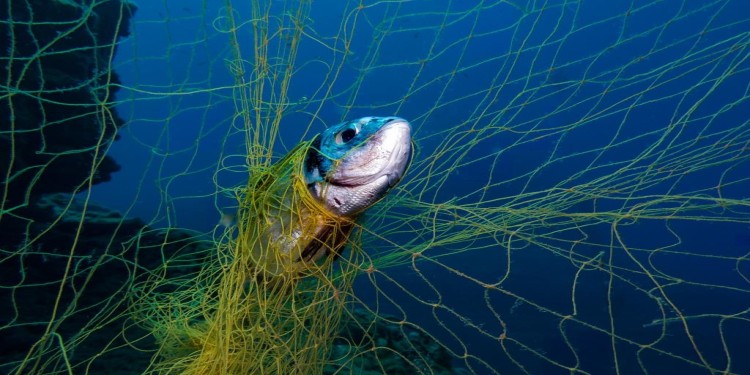In news– Delhi-based non-profit Centre for Science and Environment (CSE) has launched a coalition of coastal cities to fight marine litter pollution across India.
Problem of marine litter-
- About 80 per cent of marine litter comes from land-based mismanagement of solid waste that reaches the ocean bed through various land-to-sea pathways.
- The remaining 20 per cent is contributed by coastal settlements, according to global research estimates.
- Plastic accounts for 90 per cent of all the waste that ends up in the marine ecosystem.
- Of the 460 million tonnes (MT) of global plastic production, nearly 353 MT comes back as plastic waste 8 MT (2.26 per cent) of which is leaked into the marine ecosystem, Narain pointed out.
- The extent of the litter in South Asian seas is a matter of particular concern. Estimates indicates that about 15,434 tonnes of plastic waste is leaked into South Asian seas everyday, accounting for a colossal 5.6 MT of plastic waste a year.
- In India, the estimated extent of marine litter is about 0.98 metric tonnes of trash per km stretch of the coastline, with a concentration of 0.012 kg per square metre.
- Tributaries of major Indian rivers carry around 15-20 per cent of plastic waste into the marine environment.
- One of the key challenges faced by the global marine ecosystem is abandoned, lost or discarded fishing gear (ALDFG).
- A large part of ALDFG is lost in deep seas, making it difficult to recover. India loses 15,276 tonnes of gillnets.
Centre for Science and Environment (CSE)-
- It is a public interest research and advocacy organisation based in New Delhi.
- CSE researches into, lobbies for and communicates the urgency of development that is both sustainable and equitable.
- Its efforts are specifically designed to create awareness about problems and propose sustainable solutions.
- Research at CSE often consists of in-depth learning about an environmental problem and then finding answers in accordance with CSE’s core values.
CSE’s efforts are built around five broad programmes:
- Communication for Awareness.
- Research and Advocacy.
- Education and Training.
- Knowledge Portal.
- Pollution Monitoring














